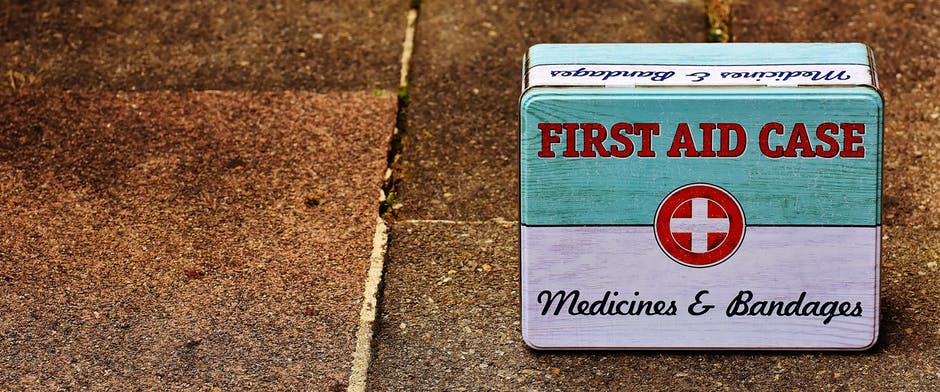The most common injury in hikers is foot blisters. While even the most inexperienced hiker is prepared for that, you might wonder, what else should I be prepared for?
Hikers commonly experience diarrhea, skin irritation, scrapes, bruises, and more. That’s why safe and skillful adventurers bring along a hiking first aid kit every time they hike.
If you’re new to hiking, you need to pack your first aid kit before you tie up your boots. In this first aid kit guide, we’ll tell you everything you need to know.
Keep reading to learn what you should bring to have a safe hike.
The Basic Hiking First Aid Kit
Basic first aid kits can help you with nearly all injuries or ailments you may encounter on the trail. Usually, you can come out of the woods with nothing more than a few scrapes or bruises. Yet, you should be prepared.
Here is a comprehensive checklist of everything that is in your hiking first aid kits.
- Bandages of assorted sizes and wrapping bandages
- Butterfly closures, gauze, sterile pads, and bandaging tape
- Scissors and Tweezers
- Cotton swabs and antiseptic towelettes
- Plastic bags and nitrile gloves
- Duct tape and moleskin
- Malleable splint
In the same bag, you should include a few types of pain relievers such as ibuprofen and aspirin. Also bring oral rehydration salts, antacids, and anti-diarrheal medication.
Your basic hiking first aid kit can be small. It will probably fit in a quart or gallon size bag. All these are available in first aid kits at First Aid Supplies Online.
Hiking In Developing Countries
When you are hiking in developing countries you will need more than your average first aid kit. Developing countries tend to have fewer first aid supplies, so you must bring enough in case of an emergency.
Before you embark on your hiking trip, be sure to do plenty of research on the country. The World Health Organization has lots of good resources to go through.
Here are four things you should consider bringing on your hiking trip in a developing country.
- Broad-spectrum antibiotic
- Medication for giardiasis
- Diarrhea Stopper
- Rehydration solution packet
Before purchasing these medications, talk to your doctor to ensure that they are a healthy solution for you in an emergency.
What Training Should I Have?
While training isn’t a physical item you can put in your kit, it is an essential skill that can help in certain circumstances. Many wilderness first aid courses are well worth their price if you hike frequently.
Though, if you are cautious to invest in that training, CPR and basic first aid classes are useful too. They will teach you basic wound care, how to stop a bleeding wound, and how to wrap broken bones.
What Other Safety Measures Can I Take?
When you go hiking in the wilderness, there is no safety measure that is unwise to take. Consider bringing the following items.
- Paper and pen
- Pocket knife
- Flashlight
- Extra batteries
- A blanket
- Safety pins
- Mace
Small items like these may seem random, but they can be very useful in a life-or-death situation.
Have A Safe Hike
Hiking can be exciting and fun, but it can also be dangerous. When you bring along the right things in your hiking first aid kit you can eliminate fear if something goes wrong. Be prepared so you can have a safe hike.
If you are looking for more information about first aid, check out the rest of our page for more articles like this one.












